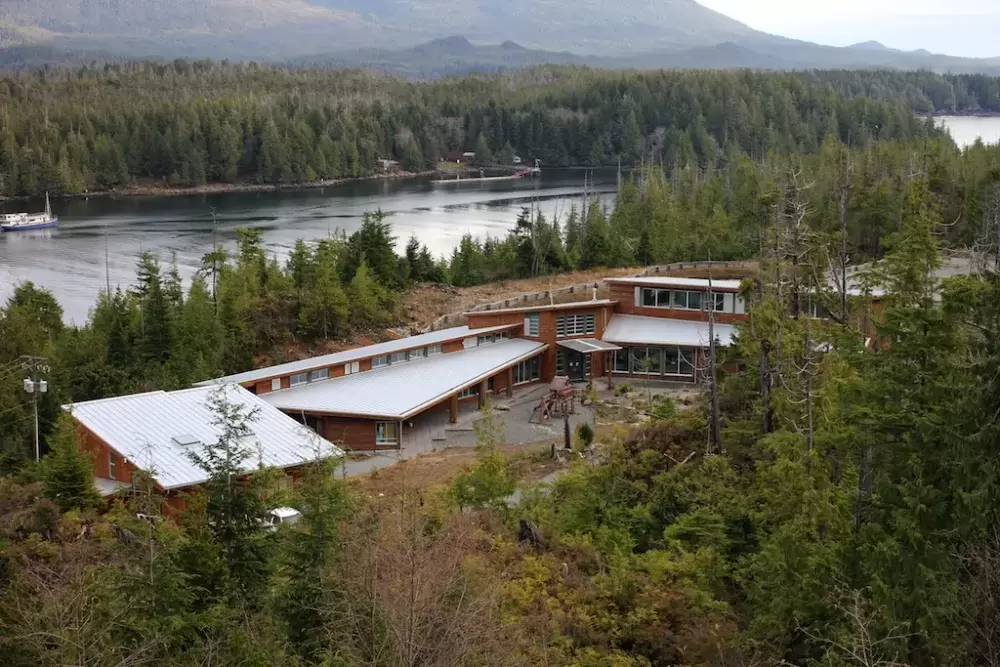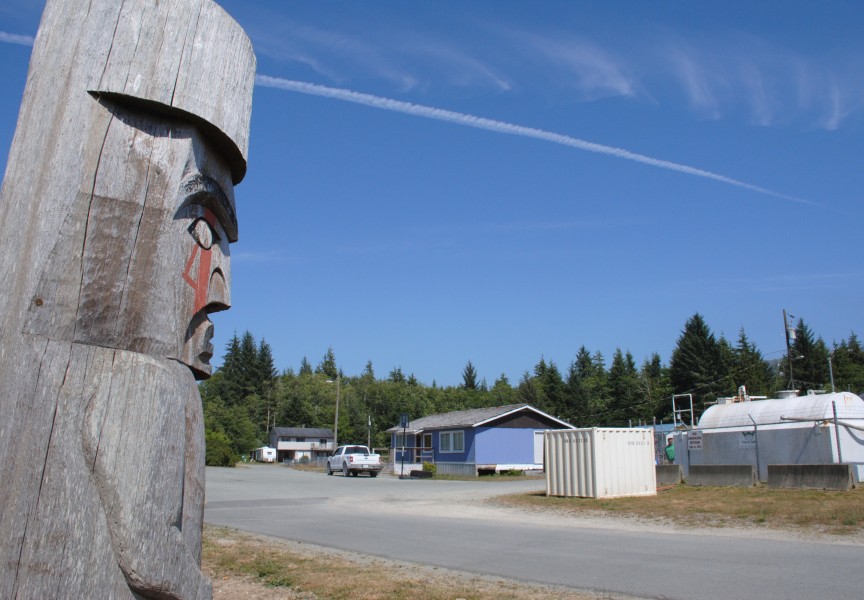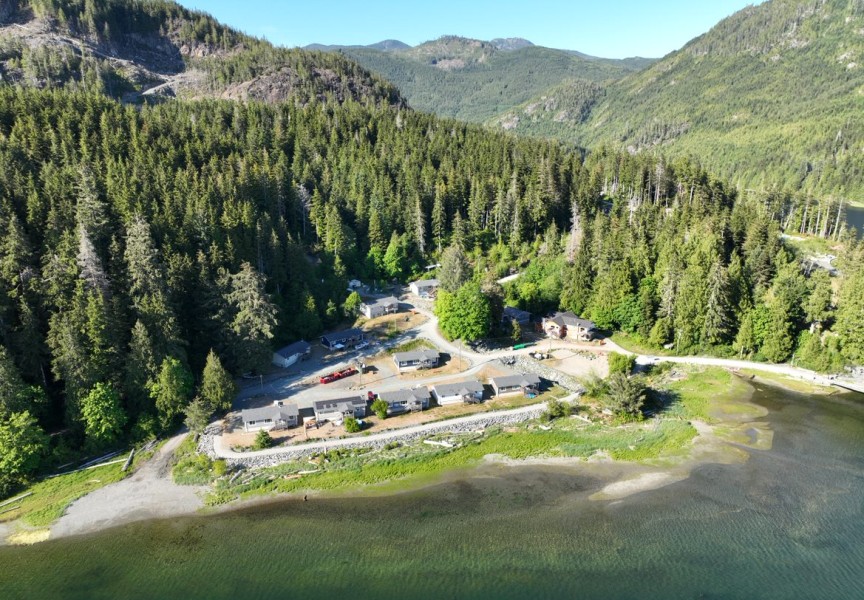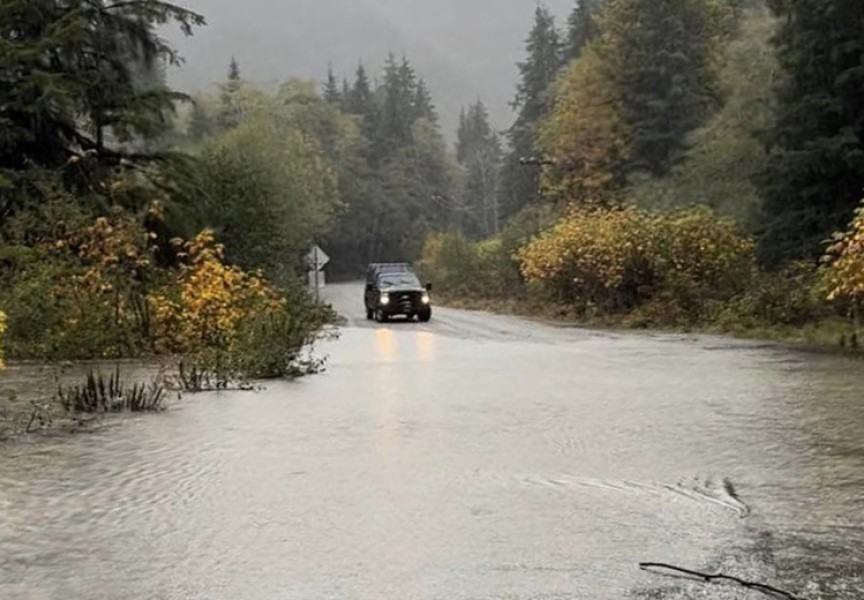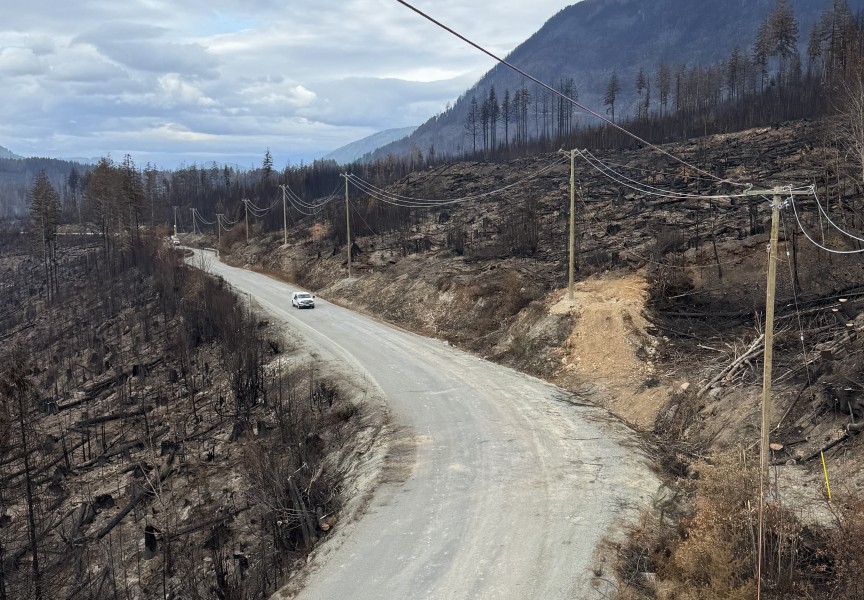A Nuu-chah-nulth First Nation will soon no longer have to rely on diesel at one of its main facilities.
That’s because it was announced in late March that Hesquiaht First Nation will receive some substantial provincial funding which will allow it to proceed with a solar panel installation project at its community school located in Hot Springs Cove.
Through its Renewable Energy for Remote Communities (RERC) program, the province will provide $419,000 to construct a 136-kilowatt solar panel installation at the Hesquiaht Place of Learning.
The remote village of Hot Springs Cove, located north of Tofino, is off-grid. It currently relies entirely on diesel fuel shipped in by barge to power its generators.
“This announcement is part of our long journey towards sustainable energy production, which is key to preserving our rich biodiversity, clean air and pristine waters,” said Josh Charleson, the Chief Councillor for Hesquiaht First Nation.
The RERC program is part of the province’s larger CleanBC project.
“Our CleanBC goal is to reduce diesel consumption for power generation in remote communities by 80 per cent by 2030,” said Bruce Ralston, who is the Minister of Energy, Mines and Petroleum Resources. “By building partnerships and creating opportunities with Indigenous communities and businesses, we can help remote communities get off diesel and benefit from more efficient, healthier and cleaner fuel sources.”
The Hot Springs Cove project will cost $682,000, meaning the province will provide slightly more than 60 per cent of the funding through its RERC program.
Funds are also being provided by the New Relationship Trust via the BC Indigenous Clean Energy Initiative program as well as in-kind contributions from Hesquiaht First Nation.
Hesquiaht officials are hoping the solar panel installations will commence around July of this year and be completed a few months later, hopefully by September.
Planning for the project, however, took a few years. Pre-feasibility studies were completed in 2018 and the final feasibility studies were done last year.
Engineering work and the system design for the project were finalized last month.
George Heyman, the Minister of Environment and Climate Change Strategy, is pleased to see his government is providing funding for positive changes.
“We're working in partnership with Indigenous peoples to support clean energy to reduce pollution in remote communities and address climate change,” he said. “This investment in solar energy for Hesquiaht First Nation will improve local air quality and help build a better future for students and people at Hot Springs Cove.”
On the day of the Hesquiaht funding announcement, provincial officials also revealed plans to assist two other First Nations.
The province will give $875,000 to the Lhoosk’uz Dene Nation for its heat and power project and the Kwadacha Nation will receive $486,000 for its solar energy project at its community school.
Norma Bird, Hesquiaht’s band administrator, is among those thrilled to see her First Nation going ahead with its solar photovoltaic (PV) system.
“Once installed, the solar PV system will require little to no maintenance on an annual basis,” she said.
The Hesquiaht Place of Learning opened in 2007. At one time it offered both pre-school classes through its Headstart Program as well as elementary education for those starting in Kindergarten and going up to Grade 7.
At its peak, the school had about two dozen students in its combined programs. But the Headstart Program has since been discontinued. And the school, which can now offer classes up to Grade 9, has just three students this year.
The facility, however, has many other uses, including a room which has been turned into a computer lab where Hesquiaht adults are offered various educational classes and online courses.
Other rooms in the facility also serve various purposes.
“Presently the community uses the gymnasium mainly for community basketball nights,” Bird said. “But the gym is also used for videoconferences, cultural gatherings and other community events.”
For example, the gym was recently utilized as the operations staging center to distribute COVID-19 vaccines to community members.
“The community also frequently uses the school's kitchen and foyer to prepare and host meals,” Bird said. “The library has also been used for various workshops that support the community.”
Bird added the school is also utilized as a meeting place for members of the community whenever there are tsunami alerts.
The Hesquiaht project was included in the second intake of the RERC program. This initiative was created to assist remote B.C. communities that are not connected to the provincial electrical grid and thus rely on diesel power generation stations.
In 2019 the provincial government had pledged up to $16.5 million for its CleanBC program.
This funding was to help cover the capital expenses of projects ready for construction.
Four projects were the initial recipients of funding in March of 2020. They collectively received $13.8 million in funding.

